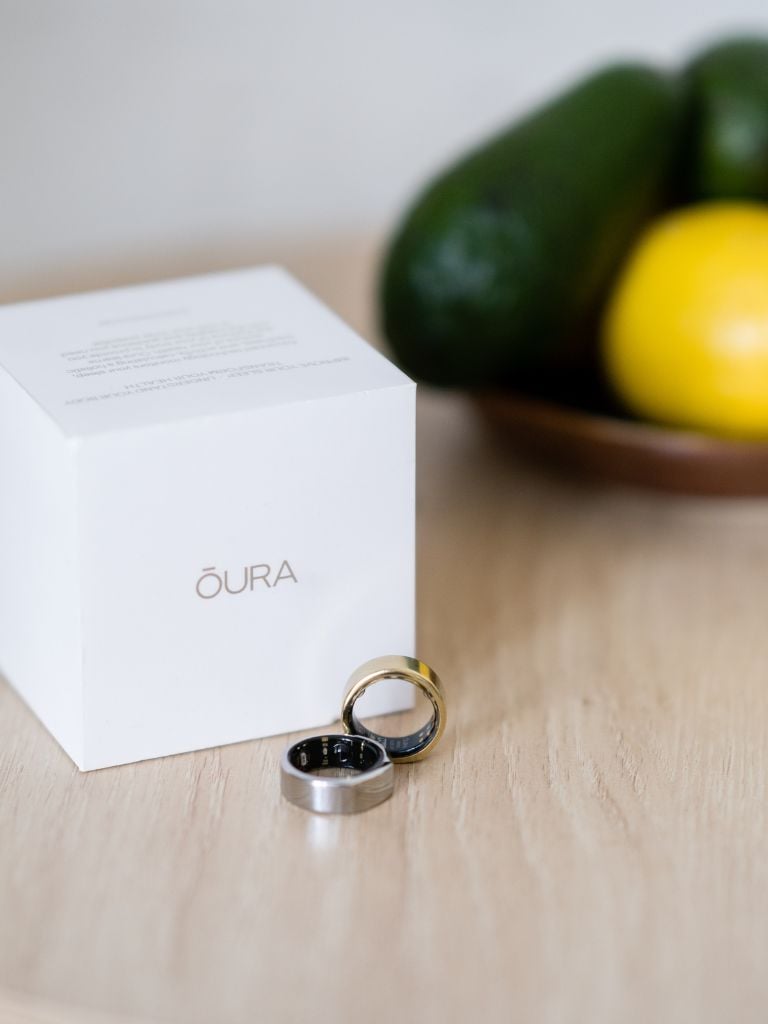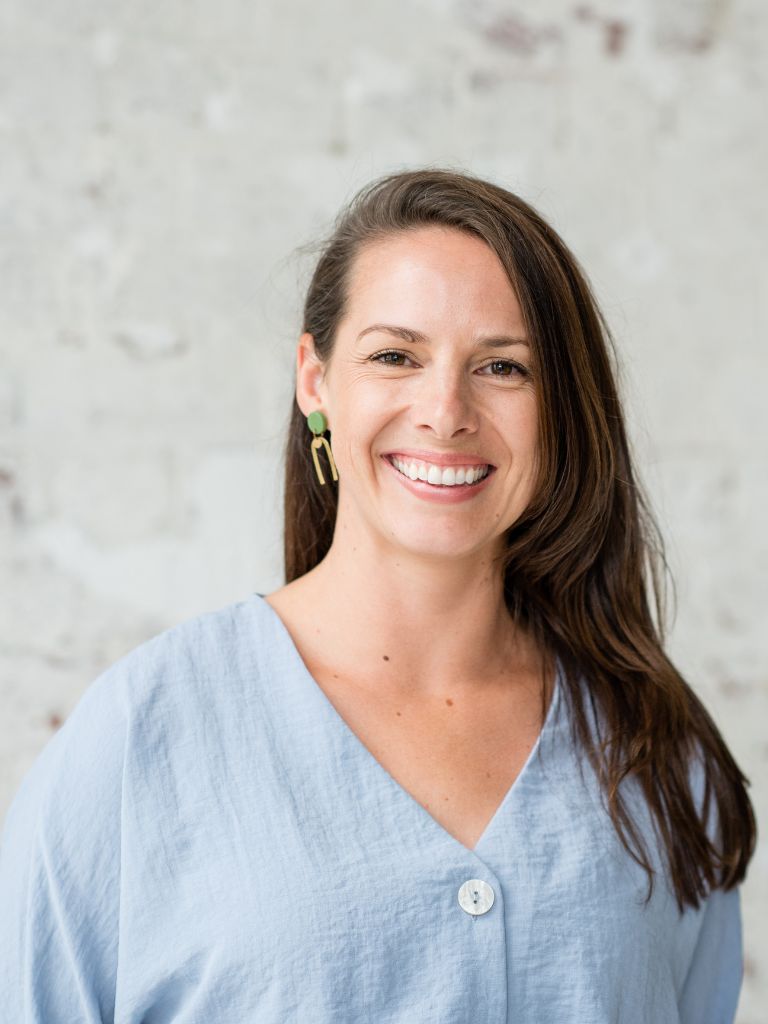What does it mean to really listen to your body?
Since onboarding as an Oura ring newbie in late 2021, I have started to really ponder this question. It is one we often talk to at Melbourne Functional Medicine.
In our practice where we have access to all the bio-chemical and pathology data you could poke a stick at, we equally highlight the importance of self-reporting where patients are invited to ask themselves: “what is my body really telling me?”.
For many of us, the challenge can be slowing the pace of our body and mind long enough to listen out for the answer.
In a world where our attention is fought over be it from our devices, inboxes, work, friends, pets, family and ourselves, it is little wonder some help could be in order. And whilst this pace of life is commonplace for us modern humans, it is a relatively recent blip for humankind.
Scientists have measured the amount of information entering our brains and found that the average person living today processes as much as 74gb in information a day, that is as much as watching 16 movies. Only 500 years ago, 74 GB of information would be what a highly educated person consumed in a lifetime, through books and stories.
Of course, we are smart creatures and we do adapt. But this means there is a cost – we learn to pay attention to the loudest dings, pings and pains and as a result can start to miss the subtle messages.
And when it comes to our bodies, the messages usually start with subtlety:
- Tiredness
- Heart rate changes
- Blood pressure changes
- A patch of dry skin that comes and goes
- A bout of IBS
- Feeling more anxious than usual
Unless we are highly attuned to our own bodies, it can be easy to overlook these messages and soldier on with all the ‘things’ we must be doing in any given day. Which can go on for some time until the body shouts loud enough that we heed the call – an autoimmunity diagnosis, a report of pre-diabetes, HPA axis dysregulation or take your pick from any of the usual chronic disease offenders.
So what is the Oura Ring? It is an impressive piece of wearable bio-technology, far more compact than a smart watch, that offers a long list of features such as:
- Heart rate monitoring
- Heart rate variability monitoring
- Accuracy as good as commercial ECG machines
- Advanced sleep tracking
- Reporting on restorative time
- Temperature monitoring
- Guided meditations
- And smart recommendations on how ready you are to take on the day with gusto, or rest and restore.
But really, what benefit does all this bio-tech offer? In my view it’s very simple, the Oura ring gives your body a louder voice allowing it to compete with the pings and dings in our modern lives.
What my Oura ring taught me
As a health coach, I am acutely aware of all the recommendations for a happier body and the corresponding list of things that can push it out of balance. But I too need to ensure I am listening to my body and making adjustments. My Oura ring has helped keep sleep, restoration and stress top of mind.
1. Optimising sleep
Good sleep is high on my list of health hacks. It’s free, we get to do it daily and our body does all the work! Oura helped my body reiterate what the research literature says. I observed that:
- Evening alcohol and big meals like red meat (and especially both) will have a negative impact on my sleep. I was able to see how hard my body works when trying to detox alcohol and digest food at night. My heart rate works overtime, and my sleeping heart rate pattern is not ideal.
- When my body is fighting a cold, my heart rate will be elevated in the night, my HRV will drop, and my body temperature will clearly be above average.
- I have observed my sleeping heart rate pattern at times could be more optimal (like the hammock curve when your heart rate drops to its lowest in the middle of your sleep rather than at the beginning or end).
I’ve been able to experiment with sleep routines and see in real time what my body responds best too. I am starting to use my heart rate pattern as the strongest variable of my sleep quality as the hours I sleep are generally consistent and adequate. I’ve found these things work best for me:
- Calming tea in my favourite mug 1-2 hours before bed
- Whilst the kettle boils, spending a few mins clearing my mind onto my desktop to-do planner (one list for ‘me’ one for ‘home’ one for ‘work’) so no sneaky subconscious thoughts can disturb my sleep
- Dim lighting all through the house (we even swapped our bed lamps to ones with dimmable non-led lights, offering softer orange lighting which has been a game changer!)
- Reading a good book in bed
- Some light stretching, yoga or lymphatic massage – this in particular I’ve found as being extremely effective for optimal heart rate pattern!
2. Play hard then rest hard
Oura tracks activity time compared to rest time including sleep plus daily moments of rest like meditation. It gives a daily ‘readiness score’ so at a quick glace you can see if you are good to go or if today needs to be a quiet one. Even if you are great at listening to your body, for me it has been strangely helpful to have the suggestion that I rest up when needed. Just a hint of extra permission even when the day is full, and life is edging towards autopilot can be the one thing that actually makes me stop for a moment.
So, what does this mean for me? If my readiness score for the day is already low and I have a dinner with friends planned that I know will go late, I can decide if I listen to my body and make gentler food and drink choices or if I consciously go all in for a big night. During such times I have found myself making more of a considered effort to pause during the day for a 10-minute meditation as an energy refill before my night out. Of course, we remain in control of the decisions we make, not a ring and life is here to be lived! My decisions will often will depend on things like if I will have space for extra rest or quiet time the day after, if I feel a cold coming or if I feel full of vitality and know the socialisation is the energy I need.
3. Stress in the body can be quantified
I spent years in a high stress environment in my 20’s and early 30’s. I have come to realise that this situation wasn’t the main problem. The problem I had at the time was that I put very little focus on recharging my batteries and very little energy into looking after myself. Maybe we all feel a bit invincible in these years of life so having a daily stress marker during this time would have made me sit up and take more notice at what was happening in my body. So exactly what stress marker would have been helpful?
Enter Heart Rate Variability “HRV”. HRV has been recognised by scientists as a reliable measure of stress – both physiological and psychological. Put simply, HRV is a measure of the variation in time between each heartbeat. Distinct from the count of heart beats per minute which of course is your Heart Rate. The variation between your heart beats is controlled by a primitive part of the nervous system called the autonomic nervous system (ANS) which works outside our conscious control, automatically regulating our heart rate, blood pressure, breathing, and digestion among other things. The ANS is subdivided into: the sympathetic (fight-or-flight) and the parasympathetic (relaxation response) nervous system. Imbalances in this system often lead to dysautonomia, a state that underlies many chronic diseases.
When it comes to HRV, the rule of thumb is the more variability the better (so higher numbers here are good) and the goal is consistency against your personal average. Inconsistency against your personal average and low HRV can indicate your sympathetic nervous system is dominant or you are not spending enough time resting and repairing in the parasympathetic side – which we should spend most of our time in.
My HRV is still a work in progress. From my trends in the Oura app I’ve noticed that on my most recent holiday which involved no screens, lots of nature and slow time with the people I love, playing board games saw my highest HRV. Previously a good routine of exercise with rest days was helping it look good too.
The pick list of tips Oura talks about to optimise your HRV which the team at MFM concur with are:
- Staying active
- Getting good sleep
- Eating nutritiously (and not eating large meals late)
- Deep breathing to strengthen your parasympathetic system
- Listen to your body and manage stress!
So, whilst it hasn’t come as a surprise at how my body responded to my sleep and rest routines, what has come as a surprise is how often we ignore the science or feel a distance between the facts and ourselves.
I love the statement Dr Libby Weaver often reflects upon in her work “Why is it that we do what we do, when we know what we know.”
Because it’s true, we all know what we could be doing to sleep better, eat better, be less stressed or be ‘healthier’ in general as there is certainly no shortage of credible information out there. Yet focus and attention, even on the things we value, takes extra effort in a world of distraction.
If health and vitality is high on your list of personal values yet you find yourself not living day to day in alignment with this, the Oura Ring can be a wonderful addition to help re-focus you by giving your body a louder voice and providing motivating, real-time feedback on your healthy habits.

